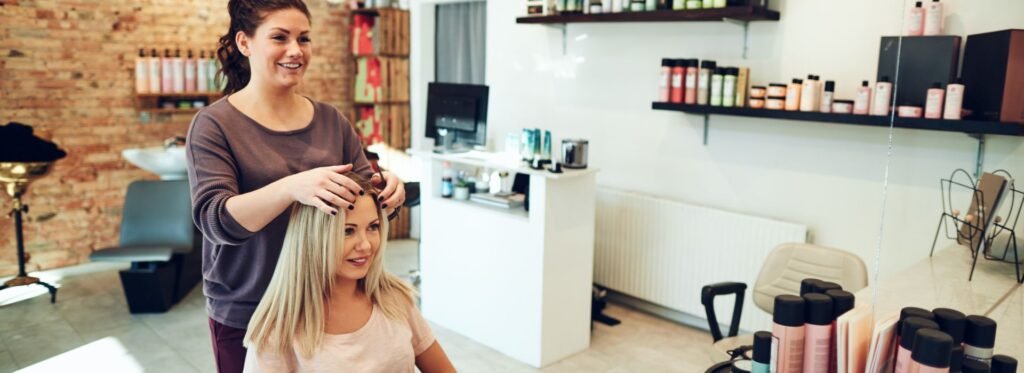
You’ve heard of days for donuts, dogs, and dads—but this one’s all about your hairstylist’s headspace. Every year on May 27, people across the country observe National Hairstylist Mental Health Awareness Day to appreciate the emotional strength and mental challenges hairstylists manage every day.
You may be surprised to learn that hairstyling dates back over 25,000 years! One of the earliest known human figures—the Venus of Willendorf—features braided hair. So yes, braids are basically prehistoric chic.
During the 1920s, salons started popping up everywhere in the U.S., with over 25,000 hair salons operating at the time. Short bobs, finger waves, and rebellious flapper styles ruled the era, and hairstylists became trendsetters.
By the 2000s, studies began suggesting that hairstylists could often detect early signs of mental health issues in clients. This proved how deeply personal the stylist-client relationship really is.
In recent years, the beauty industry has started paying more attention to mental wellness—not just for clients, but for the professionals behind the chair.
A simple thank-you text or card saying, "I appreciate you" can seriously brighten their day.
Surprise your stylist with a gift card or delivery from their favorite local café. Fuel for the soul and stomach!
Snap a selfie of your latest ‘do, give a shoutout, and tag your stylist. It’s great marketing and a morale boost.
If you're a salon owner, offer your team a wellness day, mental health resources, or even an extra break during long shifts.
Ask how they're doing—not just professionally, but emotionally. Even stylists need someone to talk to.
Hairstylists often act as informal therapists — many clients share personal stories during appointments, making hairstylists emotional supporters.
About 65% of hairstylists report experiencing anxiety, burnout, or depression at some point in their career.
Hairstylists typically stand on their feet for 8 to 10 hours a day, which adds physical strain to the mental and emotional demands.
The average hairstylist sees 15 to 25 clients daily, each with unique needs and stories to listen to.
More than 40% of hairstylists say they feel emotionally drained after work because of the emotional labor involved.
Hairstylists often work as freelancers or independent contractors, which can mean limited access to mental health benefits or health insurance.
Hairstylists don’t just cut and style hair—they listen to your stories, provide comfort, and brighten your day. This emotional work often goes unnoticed, but it can be exhausting. This day helps everyone appreciate that hairstyling is as much about mental support as it is about beauty.
Hairstyling is physically demanding and mentally draining. Long hours, standing all day, and the pressure to meet client expectations can lead to burnout. This day raises awareness about these challenges so stylists can get the support they need.
Talking openly about mental health isn’t always easy, especially in professions where being positive and cheerful is part of the job. This awareness day encourages hairstylists and clients alike to start conversations and normalize seeking help.
Yes, more mental health organizations and beauty industry groups are offering resources specifically for hairstylists. Some provide support hotlines, workshops, peer groups, or mental wellness toolkits. Awareness days like this one help amplify these tools and make them more accessible.
Yes—it’s one of the most physically and emotionally demanding service jobs. It involves standing for hours, handling chemicals, being creative under pressure, meeting high client expectations, and staying emotionally present. All of this can lead to serious mental strain over time.
Yes! Salon owners can provide a supportive work environment, encourage breaks, offer wellness resources, promote mental health days, and create a culture where it’s okay to speak up about stress and burnout.
Hairstylists experience a unique combination of physical labor and emotional interaction. They often serve as unofficial therapists, absorbing clients’ personal stories while working long hours on their feet. This can lead to stress, burnout, and emotional exhaustion if not addressed.
309
Days22
Hours58
Minutes
Add a review